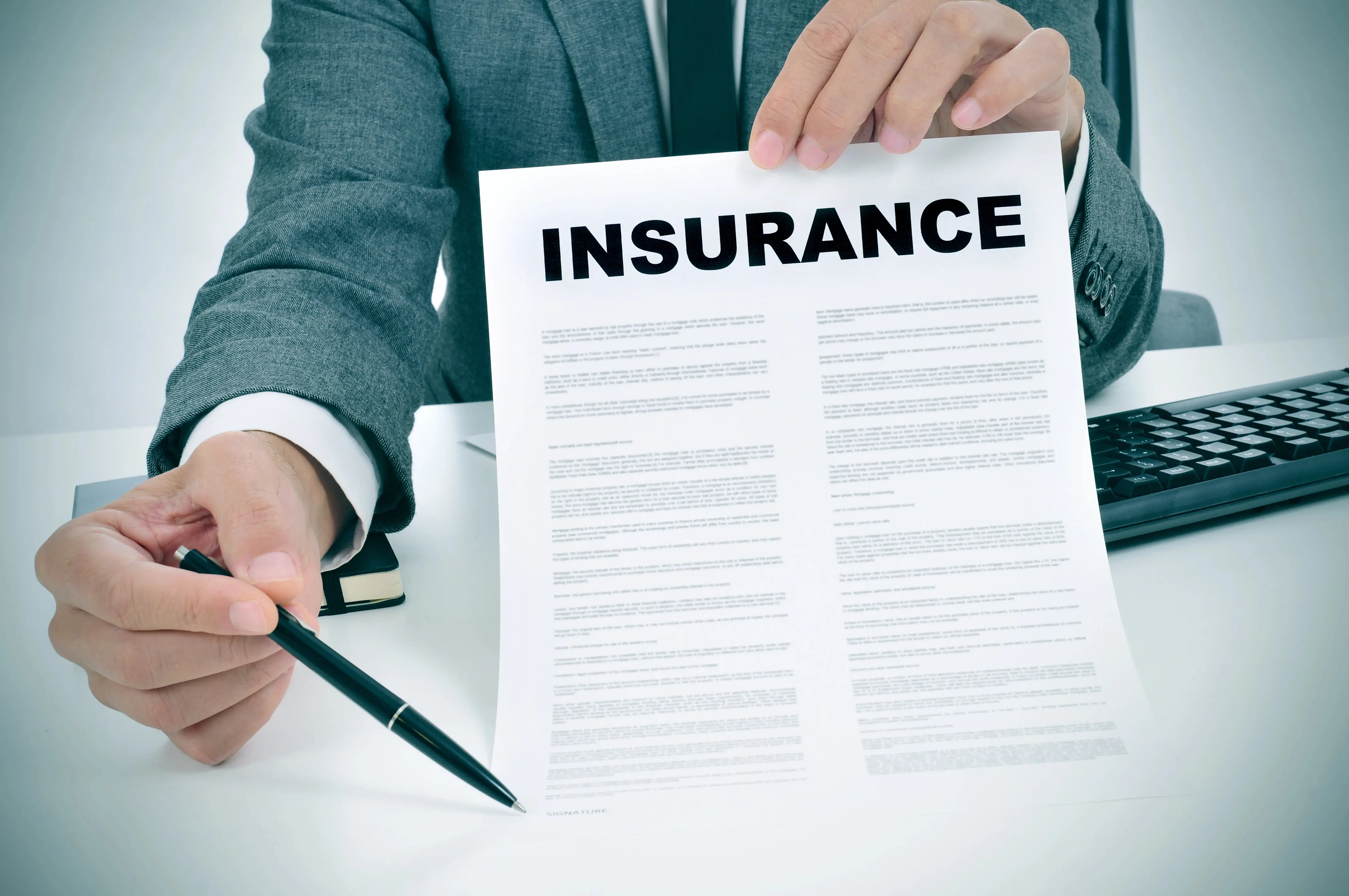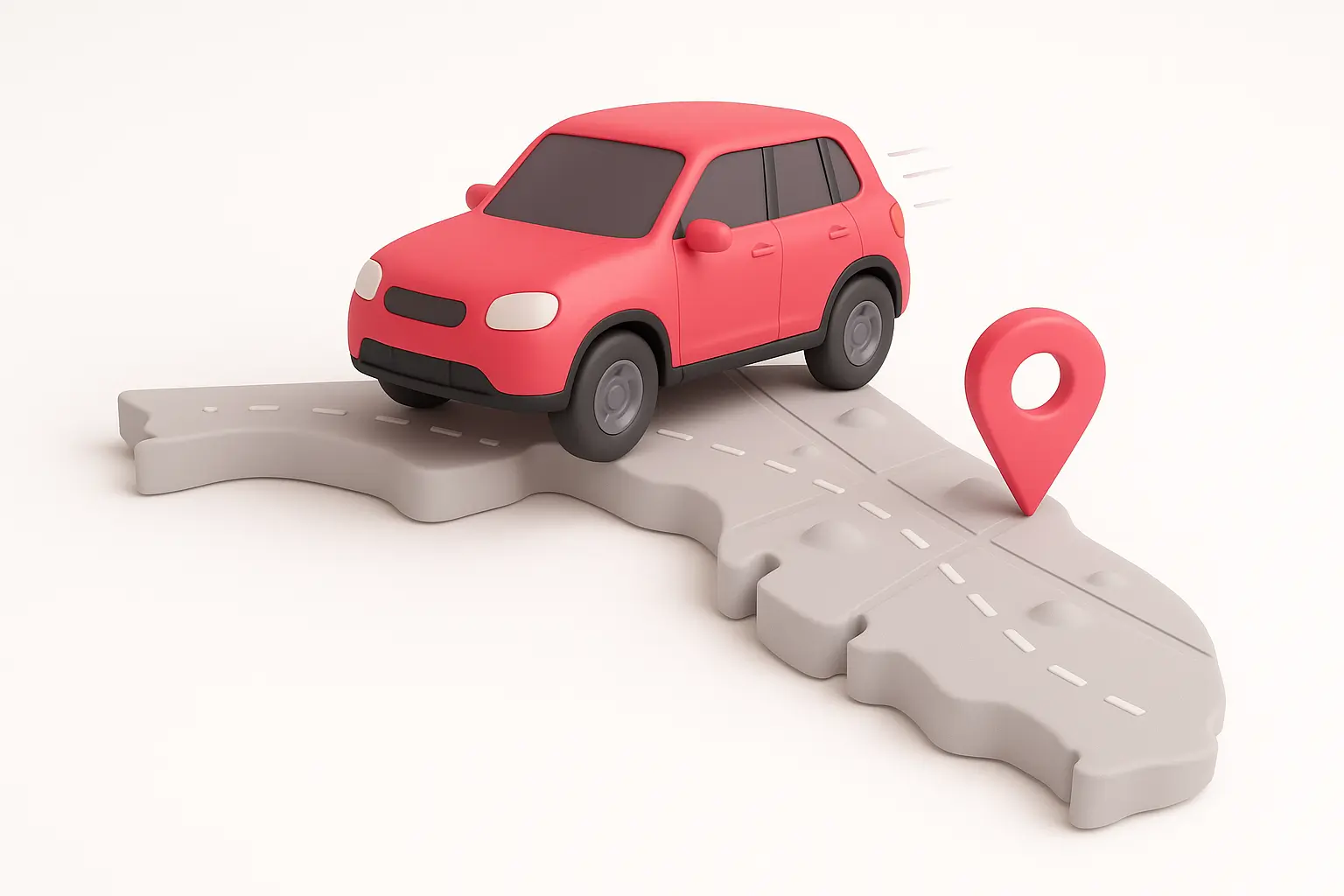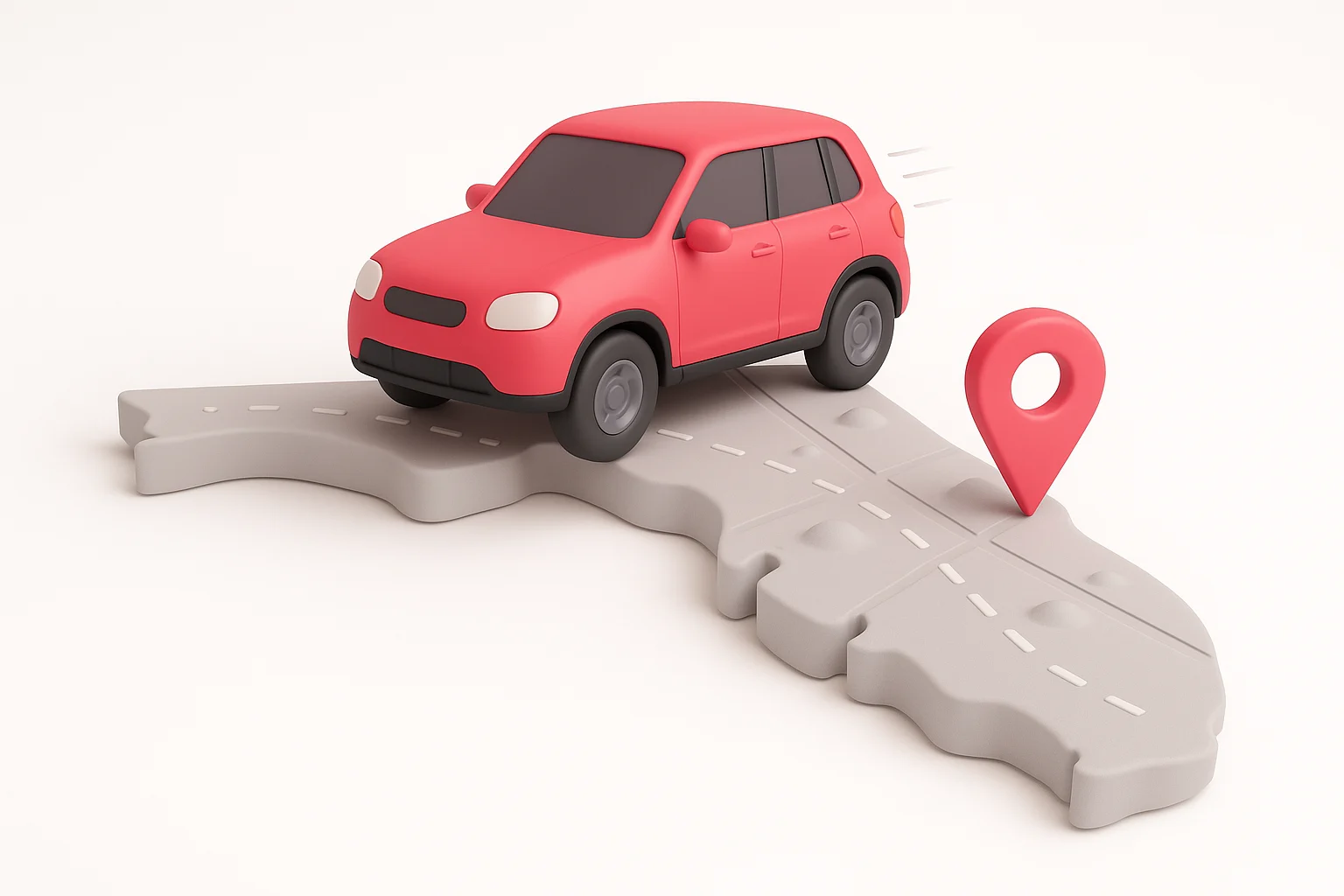Jerry’s Guide to Car Insurance in Florida
Florida drivers face unique challenges when it comes to car insurance. From hurricane seasons to high uninsured driver rates, understanding your coverage options and finding affordable rates is crucial. This comprehensive guide will help you navigate Florida car insurance requirements and show you how Jerry can help you find the best possible rates.
Minimum car insurance requirements in Florida
Florida law mandates specific minimum insurance coverage for all registered vehicles. Every Florida driver must carry:
- $10,000 in personal injury protection (PIP) coverage.
- $10,000 in property damage liability coverage.
Florida’s minimum requirements are unique compared to other states, as Florida drivers aren’t required to carry bodily injury liability insurance.
Personal injury protection (PIP) covers 80% of your medical expenses, lost wages and essential services needed after a crash, regardless of who caused the accident. This no-fault coverage ensures you receive immediate medical care after an accident without waiting for fault determination.
Property damage liability insurance (PD) covers damage you cause to other people’s property, including vehicles, buildings and personal belongings. The $10,000 minimum may seem adequate, but considering today’s vehicle values and repair costs, this amount often falls short of actual damages.
Driving without the required insurance in Florida can result in:
- Fines up to $1,000.
- Driver’s license suspension.
- Vehicle registration suspension.
The financial and legal consequences of driving uninsured makes maintaining proper coverage essential for all Florida drivers.
How to find the best car insurance in Florida
Finding the best car insurance in Florida requires going beyond simply choosing the cheapest option. The “best” coverage balances affordability with adequate financial protection for your specific situation.
- Start by assessing your coverage needs based on your vehicle’s value, your financial situation and your driving habits. Consider factors like your daily commute, whether you drive in high-traffic areas and your risk tolerance for potential out-of-pocket expenses that could come from an accident. Not sure where to start? Read our guide on how much car insurance you need.
- Research insurance companies, including their financial stability and customer service ratings. Companies with strong financial ratings are more likely to pay claims promptly and remain solvent during catastrophic events like hurricanes. Customer service becomes crucial when you need to file a claim or have questions about your policy. You can read Jerry’s auto insurance reviews to learn more about some of the largest Florida companies.
- Get quotes from multiple insurers, as rates can vary significantly between companies. Each insurer uses different methodologies to calculate risk, meaning you might receive dramatically different quotes for identical coverage. This is where comparison shopping with Jerry becomes invaluable — Jerry lets you quickly compare multiple car insurance quotes without spending hours calling different companies.
- Consider bundling opportunities with home, renters or other insurance policies. Many insurers offer significant discounts for customers who purchase multiple policies, potentially saving hundreds of dollars annually.
Learn more: The best car insurance companies

How to get cheap car insurance in Florida
Finding affordable Florida car insurance requires understanding the factors that influence your premiums and implementing strategies to reduce costs. Here’s how to find cheap car insurance in Florida.
- Maintain a clean driving record. Your driving history significantly impacts your insurance rates. Avoid speeding tickets, accidents and other violations. Even minor violations could increase premiums for several years.
- Choose your vehicle wisely. Insurance costs vary dramatically between vehicle makes and models. Sports cars and luxury vehicles typically cost more to insure due to higher repair costs and theft rates, while vehicles with high safety ratings are typically less costly to insure.
- Increase your deductibles. Higher deductibles lower your premium costs. However, be sure you can afford the higher deductible amount if you ever need to file a claim.
- Take advantage of discounts. Most insurers offer various discounts, including savings for safe driving, purchasing multiple policies, insuring a good student and taking a defensive driving course. Don’t assume you’re getting every discount you qualify for — ask your carrier or agent about all available discounts when shopping for coverage.
- Consider usage-based insurance. If you’re a safe driver or drive less than average, usage-based insurance programs — like telematics programs or pay-per-mile insurance — might provide substantial savings.
- Shop around regularly. Insurance rates change frequently, and your current insurer may no longer offer the best rate for you like it once did. Compare quotes annually, when your financial circumstances change or you have major life changes, like getting married or moving to a new city.
Learn more: Get cheap car insurance the smart way
Recommended coverage for Florida drivers
While Florida’s minimum requirements provide very basic protection, adding other coverage types and increasing policy limits will offer crucial financial security and peace of mind.
Bodily injury liability insurance. Although not required, bodily injury liability coverage is highly recommended. This coverage protects you if you’re at fault in an accident that injures others. Given Florida’s high number of uninsured drivers and potential lawsuit risks, auto insurance experts recommend carrying at least $100,000 per person and $300,000 per accident.
Uninsured/underinsured motorist coverage. This coverage pays for your injuries and damages when hit by an uninsured or underinsured driver. With over 20% of Florida drivers lacking insurance, according to 2023 data from the Insurance Information Institute (III), uninsured motorist coverage provides essential protection.
Comprehensive and collision coverage. These coverages make up a typical full coverage insurance policy and protect your vehicle from damage. Collision insurance covers damage from accidents regardless of fault, while comprehensive pays for damage from non-collision events like theft, vandalism and weather damage — particularly important in Florida given the state’s hurricane risks.
Medical payments coverage. This supplements your required PIP coverage, paying for additional medical expenses beyond Florida’s $10,000 PIP limit.
Gap insurance. If you’re financing or leasing your vehicle, gap insurance covers the difference between your car’s actual cash value and your loan balance if the vehicle is totaled.
Learn more: The 6 main type of car insurance
Driving risks in Florida
Florida presents unique driving challenges that directly impact insurance needs and costs. Understanding these risks can help you make informed coverage decisions and stay safe on the road.
Hurricanes and severe weather. Florida’s location makes it particularly vulnerable to hurricanes, tropical storms and severe weather events. These natural disasters can cause widespread vehicle damage through flooding, falling debris and hail. You’ll need comprehensive coverage to pay for any of your vehicle’s weather-related damages.
High traffic density. Major metropolitan areas like Miami, Tampa and Orlando experience heavy traffic congestion, increasing the probability of an accident. Stop-and-go traffic patterns contribute to rear-end collisions and fender-benders, making collision coverage valuable if your vehicle is damaged by another driver.
Tourism. Florida’s tourism industry brings in millions of drivers annually, and many are likely unfamiliar with the state’s roads — they may not know local traffic patterns, road conditions or driving laws, potentially increasing accident risks.
Construction zones. Ongoing road construction and infrastructure improvements create hazardous driving conditions. Construction zones often feature reduced speed limits, lane changes, and heavy machinery, requiring extra attention and caution.
Wildlife. Florida’s diverse wildlife population, including deer, alligators and other animals, can create unexpected road hazards. Vehicle damage from animal collisions is typically covered by comprehensive coverage.
Aggressive driving. High stress levels from traffic congestion and tourism-related frustrations may lead to aggressive driving behavior. Maintaining adequate liability limits financially protects you against potential lawsuit risks from road rage incidents.

Car insurance in Florida’s largest cities
Florida’s major metropolitan areas each present unique insurance considerations due to varying risk factors, traffic patterns and demographics.
Miami. As Florida’s largest metropolitan area, Miami faces high insurance rates due to dense traffic, frequent accidents and high rates of uninsured drivers. The city’s international population and numerous tourists contribute to challenging driving conditions. Miami drivers should prioritize uninsured motorist coverage and consider higher liability limits due to lawsuit risks.
Tampa. The Tampa Bay area experiences moderate insurance rates compared to Miami but still faces challenges from severe weather and growing traffic congestion. The area’s rapid population growth has strained road infrastructure, leading to more construction zones and traffic delays.
Orlando. As the tourism capital of Florida, Orlando deals with constant influxes of unfamiliar drivers navigating to theme parks and attractions. This creates higher accident rates and unique risk factors. The I-4 corridor through Orlando consistently ranks among the most dangerous highways in America.
Jacksonville. As Florida’s largest city by land area, Jacksonville offers more varied insurance rates depending on specific neighborhoods. Coastal areas face higher comprehensive coverage costs due to hurricane risks, while inland areas may have lower overall rates.
Fort Lauderdale. Part of the Miami metropolitan area, Fort Lauderdale shares similar high-risk factors including dense traffic, severe weather exposure and high uninsured driver rates.
St. Petersburg. Located on the Gulf Coast, St. Petersburg faces significant weather-related risks from hurricanes and flooding. The city’s growing population and tourism industry contribute to increased traffic density and accident rates.








How Jerry finds the best car insurance rates in Florida
Jerry revolutionizes the car insurance shopping experience for Florida drivers — we completely eliminate the time-consuming process of contacting multiple insurers individually. Our app compares quotes from over 50 insurance companies simultaneously and presents you with personalized quotes tailored to you.
Ready to start comparing quotes? Click here to compare car insurance quotes in Florida.
Beyond the initial quotes we provide, Jerry also continuously monitors the insurance market for better rates. If we find a more affordable option, we’ll alert you automatically, ensuring you always have access to the most competitive rates available. This eliminates the need to remember to shop for insurance when your policy is set to renew.
Here are examples of some of the most recent car insurance quotes for Florida drivers.
|
Date of Quote
|
Insurance Company
|
Monthly Quote
|
|---|
|
Date of Quote
|
Insurance Company
|
Monthly Quote
|
|---|---|---|
| 12/30/25 | $295 | |
| 12/30/25 | $83 | |
| 12/29/25 | $307 | |
| 12/29/25 | $244 | |
| 12/29/25 | $335 |

